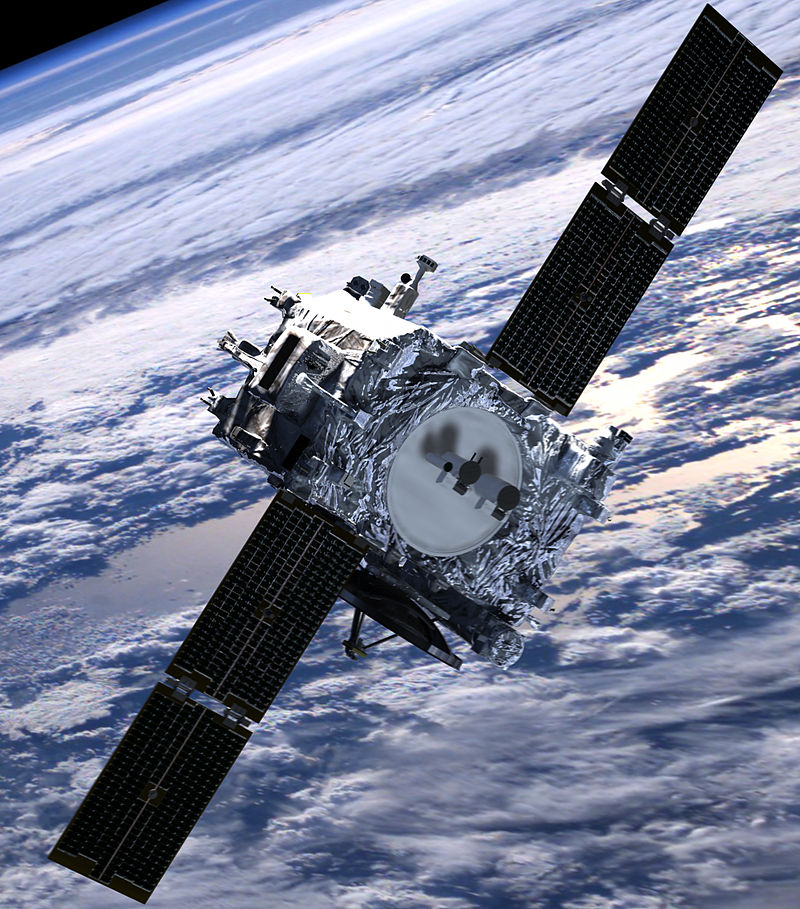On August 12, 2023, the STEREO-A spacecraft built by NASA passed between the Sun and the Earth, making the first flight of our planet in 17 years. This visit provided scientists with an opportunity to collect unique data about our luminary.
3D view of the Sun
The STEREO mission began in October 2006, when NASA launched a pair of identical probes, designated STEREO-A and STEREO-B. They were placed in a heliocentric orbit close to the Earth, after which they were “pulled apart” in such a way that one spacecraft gradually began to “overtake” the Earth, and the other, on the contrary, “lagged behind” it.

Over time, the STEREO probes settled into orbit in such a way that they were able to use the stereoscopic effect to observe the Sun. This allowed them to obtain three-dimensional images of various structures and phenomena on the surface of our star. Also, the vehicles were able to determine the direction of movement of coronal ejections; this is an unattainable possibility for single space observatories like SOHO. In addition, having the ability to simultaneously observe the hemisphere of the Sun that is not visible from Earth, STEREO probes tracked the activity of our luminary in unprecedented detail and significantly increased the accuracy of space weather forecasts.

Unfortunately, in October 2014, NASA lost contact with the STEREO-B spacecraft. However, its “twin brother” remained in the ranks, and still continues to conduct observations.
Return to Earth
All the years that have passed since the launch, STEREO-A has been in orbit, it moved around the Sun a little faster than the Earth (it made one orbit around our planet in 347 days). As a result, in August 2023, a significant event occurred: STEREO-A met the Earth again and, if we use auto racing analogies, “overtook” it by one turn.

Mission specialists have been preparing for this event for a long time. They use it to resume stereoscopic observations of the Sun. SOHO and SDO observatories will help STEREO-A with this. Within a few weeks before and after the flyby, they will conduct a series of joint observations that will obtain three-dimensional images of various solar structures, as well as study coronal mass ejections. Since the Sun has entered a new cycle of activity, the data obtained during these joint observations are very important for scientists.
In addition, STEREO-A will test the recent theory that coronal loops (giant arches often seen in close-up images of the Sun) are actually optical illusions. Stereo images will have to confirm or refute this assumption.
According to https://www.nasa.gov
Follow us on Twitter to get the most interesting space news in time
https://twitter.com/ust_magazine

